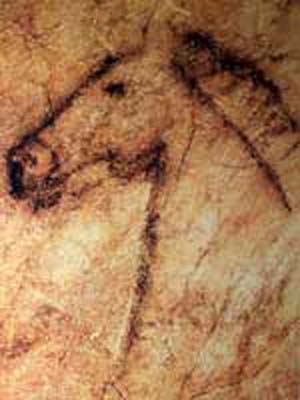My thoughts about being in Farrera are evolving with time, so I thought to capture some before they morph into the next iteration.
An early reaction, not unexpectedly, was an appreciation of the luxury of time and place.
I have no obligations beyond studio activities, and the Centre is isolated amid natural beauty, which encourages a continual focus on making stuff. I have all the time in the world to follow a creative spark, to nurture it into flame, and to bank the fire and let it rest until later if I want to.
After a first few days of excitement and adjustment, I could feel myself beginning to relax into the flow of time and process, letting go of cares and worries not related to painting. I realized that this time is also an opportunity to let go of tensions that I carry around about painting itself: the fear of losing an idea, of trying to control the process, of pushing production. I made a resolve to use my time here to sink more deeply into the flow, to explore, not to worry about finishing anything, to trust myself to move in the right direction.
This all sounded wonderful, and I
have let myself relax quite a bit. I even have spent time just sitting on my little balcony and enjoying the view. In the studio, however, I find that at least some of my demons have accompanied me here. I'm writing this partly to remind myself of what I said above, because it is too easy to slip back into old patterns once I settle down to work.
When I am not in the studio, I take walks, meditate, listen to music, cook lunch, but nothing that really takes me away from the creative process. I muse a lot. I breathe. I feel as though I am still trying to slow down. After sort of letting go of any structure to my day at first, I now have imposed a tad of discipline, to keep myself in the studio and engaged with the materials rather than letting myself avoid them.
The isolation of Farrera helps: there is literally nothing else to do, in the sense of places to go or people to see. Until we gather for dinner at 9 p.m., everyone here is working on his or her own projects. As my paintings progress and need time to dry, or need time for the next idea to come along, I am unpacking more and more of the peripheral materials that I brought, and playing with them. I am sure that this is a good thing, and something that I hardly ever take the time to do at home. My studio is so lovely and big (see above) that I can have everything out and visible. An initially empty space except for tables and chairs, it is slowly filling with works in progress. The more it fills up, the more fun it is to come in, because there are so many more possibilities for exploration and development. All my media -- acrylics, watercolors, pastels, crayons, pencils, ink -- and all my tools are spread out where I can see them and reach them. It becomes easier and easier to spend time working, because I have a greater variety of things to work on. And because I have let go (well, almost) of the requirement that I take home finished pieces, I can work in the moment and not worry about the future. I think. I am going to try.





